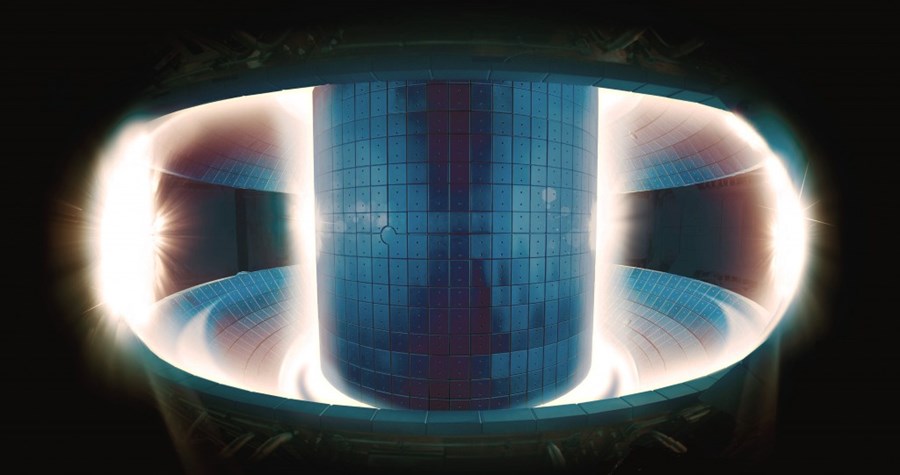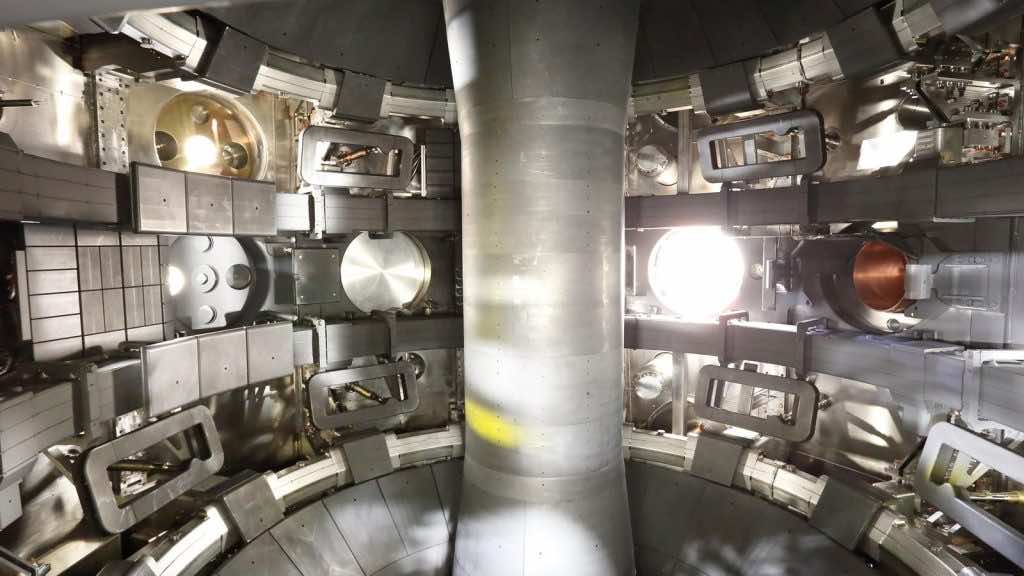The British fusion breakthrough (Super-X Divertor) brings along limitless clean energy that promises to be a success in fulfilling commercial electricity needs. And apparently, excessive heat won’t be a hurdle in the way anymore.
Scientists in the world-first have gotten closer to developing unlimited energy from nuclear sources after figuring a fit for the exhaust problem in compact fusion powerplants. The excessive heat produced in the fusion process damages the powerplant parts and materials, asking for frequent replacements which resultingly makes the nuclear-sourced electricity expensive, and less effective for its commercial viability.
The energy produced from small nuclear plants is an economically viable solution to meet the rising energy demands, inclusive of the commercial needs, which makes the exhaust system and all other progressive steps bringing us closer to successful and sustainable nuclear fusion, which is good news for the whole of the energy sector.

The British scientists’ newfound solution would aid in producing pollution and radiation-free electricity from nuclear fusion. Their newfound exhaust system helps in keeping things cool during the fusion process. Immense temperatures produced during nuclear fusion are one of the limitations that have kept scientists and engineers from successfully developing nuclear-sourced electricity, which has now been taken out of the way to produce it at a commercial scale.
“We built MAST Upgrade to solve the exhaust problem for compact fusion power plants, and the signs are that we’ve succeeded,” said Dr. Andrew Kirk, United Kingdom Atomic Energy Authority’s (UKAEA) lead scientist. “Super-X reduces the heat on the exhaust system from a blowtorch level down to more like you’d find in a car engine,” he added.
Scientists conducted initial tests of their Super-X Divertor and found that it helped in sustaining Tokamak’s part for a timeless performance. It is a machine used by the fusion power stations to activate hydrogen atoms for fusion, and the new exhaust system was successful in sustaining its parts by keeping the temperatures about ten times low, compared to the previous fusion processes.

Nuclear energy has been marked as a source of clean energy, something which went through a little debate earlier on, but was later found safe for the environment and most effective in producing intensive amounts of energy, using a considerably small source in a compact facility.
It is found to be the most practical method to produce limitless electricity. While leaving no harm to the environment as proven to produce nearly zero net emissions. These factors make it one of the favorable contenders to be widely used in the energy sector in the future, which is why such a successful and economically viable fusion breakthrough holds greater significance.

“It’s a pivotal development for the UK’s plan to put a fusion power plant on the grid by the early 2040s – and for bringing low-carbon energy from fusion to the world.”


